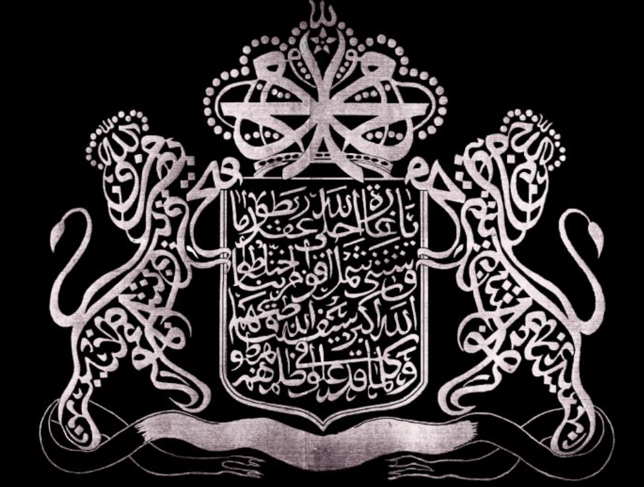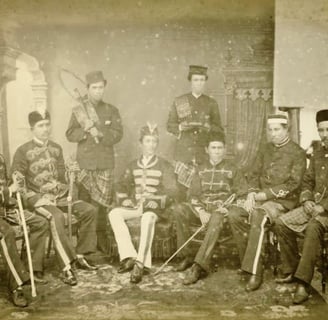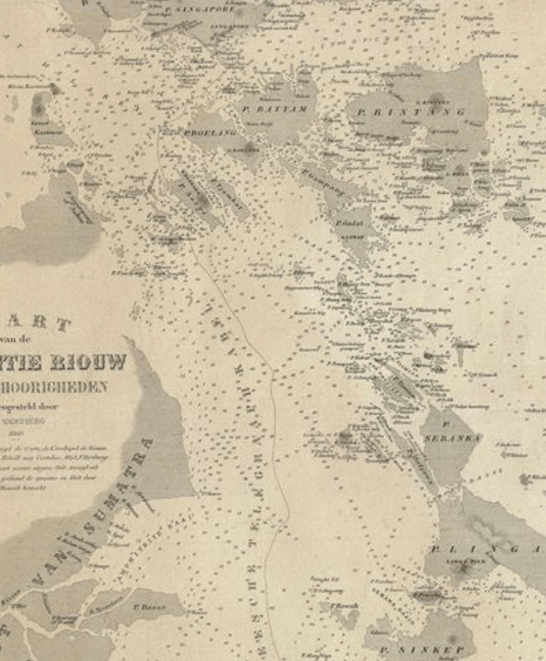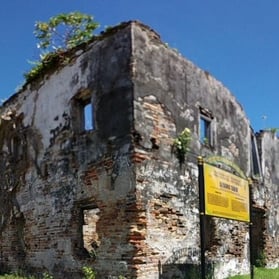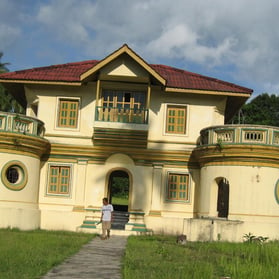HISTORICAL BACKGROUND
The existence of Batin in the traditional communal structure of the Riau Islands in particular and the Malay (Indonesian) archipelago in general, has been deeply rooted and revered. The system was prevalent throughout the country as a grass root representative institution and should be preserved, developed and adjusted in accordance to changing times.
The first record of Batin's existence in the Riau Islands as the people's representative to the Sultan's court was in 1064 AD. This system continued to survive from generation to generation according to the customary at that time until the end of the Dutch colonial period.
Batin's status during the Riau-Lingga kingdom period as the people's envoy or guardian of the community's dignity had a major influence on the democratic structure of the society that is based on local wisdom and broad communal participation in governing each respective territorial autonomy. The people of that era conveyed their aspirations through Batin. Together with the Penghulu, who is the royal government agent in carrying out administering the smallest autonomous cluster of regional government, Batin strive for the people's aspirations and expectations to be considered and realized by the royal government.
The Japanese occupational government implemented the RT/RW system during its short colonialization of Indonesia. After the independence, the structure is continued by the state, whereas the existence of Batin was no longer used.

